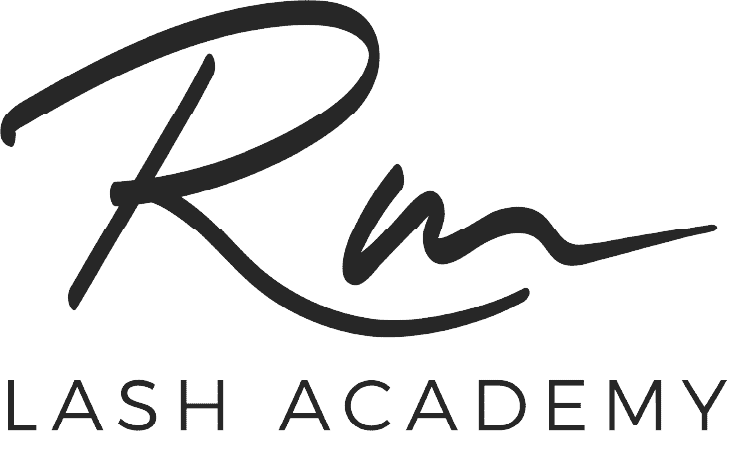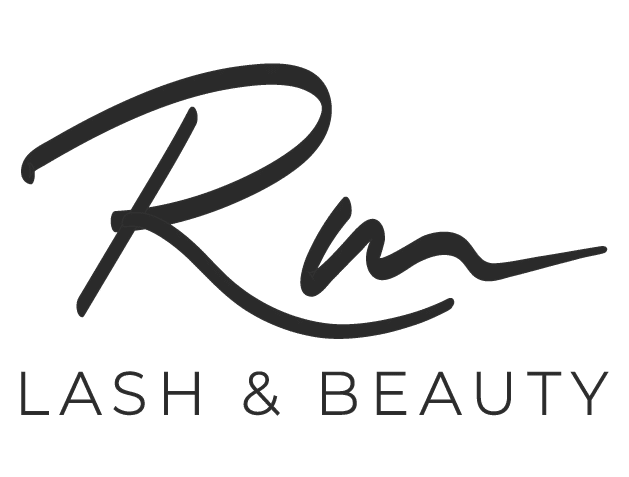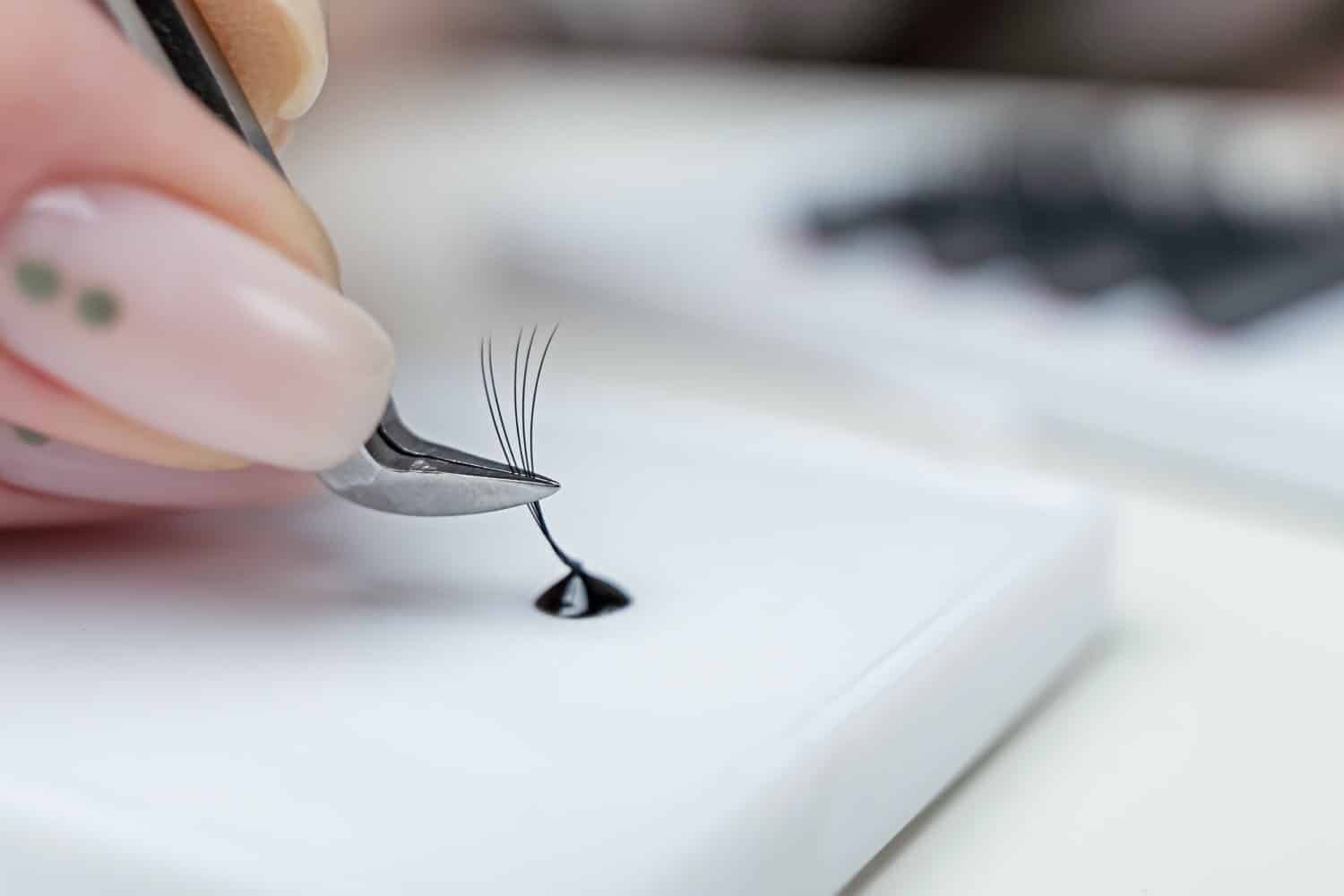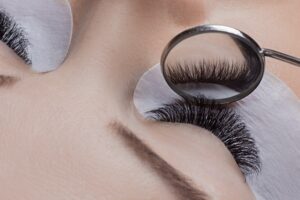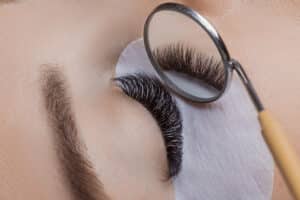When it comes to eyelash extensions, you want your glue to be the best. That’s why it’s important to understand the difference between black and clear glue in lash extensions. Both have unique benefits, so understanding which is right for your client can make a world of difference. Let’s take a closer look at each one so you can make an informed decision when selecting the suitable glue for each client.
Main lash extension glue ingredients:
Cyanoacrylates
Cyanoacrylates are the main active ingredient found in most eyelash extension glues. These molecules form strong bonds with other materials and help keep lash extensions firmly attached to natural lashes. Cyanoacrylates are made up of two substances: ethyl cyanoacrylate and methyl cyanoacrylate. Ethyl cyanoacrylate is more commonly used as it has a longer bonding time than methyl cyanoacrylate, but it can cause irritation if it comes into contact with the skin or eyes. Methyl cyanoacrylate has a shorter bonding time but is less likely to irritate when it comes into contact with skin or eyes.
Methanol
Methanol is an alcohol commonly found in eyelash extension glue to act as a solvent for the cyanoacrylate molecules. This helps break down the particles so they can bond more easily with natural lashes and help keep them attached for longer periods. Methanol also acts as an adhesive activator, meaning that once it comes into contact with moisture from natural lashes, it will activate the adhesive properties of the glue and allow it to form stronger bonds with natural lashes.
Polymers
Polymers are another common ingredient found in eyelash extension glues which help thicken the solution and give it a smoother consistency so that it can be applied easier and adhere better to natural lashes without causing irritation or discomfort. Polymer-based glues are typically more expensive than non-polymer-based glues, but they tend to have longer bonding times, making them worth the extra money if you want your extensions to last longer on your clients’ lashes. Polymers also help prevent any clumping or flaking during application which can lead to premature shedding or damage to natural lashes.
All about black and clear glue:
Black glue
Black glue is perfect for clients who have naturally darker or thicker lashes. It provides more definition and opacity than clear glues, making it ideal for those with bolder lashes. Additionally, black glue sets faster than clear glue, making it easier to work quickly and efficiently. However, black glue is generally not recommended for those with lighter lashes because the colour of the adhesive may show through on lighter hairs, resulting in a less natural appearance.
What is carbon-black eyeash extension glue?
Carbon-black lash extension glues are made with carbon and black pigments, making them ideal for darker lashes. These glues are typically thicker than traditional clear glues, allowing for longer-lasting results and better retention of False Eyelashes. They also tend to dry faster than other types of lash adhesives, meaning you can finish your work quicker and move on to your next appointment.
Clear Glue
Clear glue is ideal for clients with naturally lighter or finer lashes because its colour won’t interfere with their natural look. Additionally, many clients prefer the look of clear glues because they provide a more natural and subtle effect that still looks beautiful without being overly dramatic or noticeable. Unlike black adhesives, clear glues tend to set slower but provide a longer-lasting bond that lasts up to 8 weeks if applied correctly.
As a lash artist, understanding what ingredients are used in different types of eyelash extension glue is essential for making sure you’re using safe and effective products on your clients’ lashes that won’t cause any harm or discomfort. Many eyelash glue products contain some combination of cyanoacrylates, methanol, and polymers as their active ingredients; each type has its own unique properties, which makes them ideal for different applications depending on what kind of look you’re trying to achieve with your extensions. Hopefully, this blog helped shed some light on why certain ingredients might be better suited for particular looks than others!
You may also want to check out these related articles:
How to choose the right eyelash style for your client’s eye shape >>
